Table of content
Introduction
Zongzi, also known as rice dumplings wrapped in bamboo leaves, are a traditional Chinese food associated with the Dragon Boat Festival. They are filled with various ingredients, one of the most popular being mung beans. Mung bean zongzi offer a delightful blend of sweet and savory flavors, making them a cherished treat during the festive season. In this comprehensive guide, we will walk you through the process of making mung bean zongzi from scratch. Whether you’re a seasoned chef or a novice in the kitchen, you’ll find this guide informative and easy to follow.
Understanding the Ingredients
Before diving into the recipe, let’s familiarize ourselves with the essential ingredients you’ll need:
- Mung Beans: These are the primary filling for our zongzi. They add a subtle sweetness and a delightful texture to the dish.
- Sticky Rice (Glutinous Rice): This is the base of the zongzi. Its sticky nature helps the dumplings hold their shape when cooked.
- Bamboo Leaves: These are used to wrap the zongzi. They provide a natural aroma and flavor to the dish.
- Pork Belly (Optional): For those who prefer a savory filling, pork belly can be added. It should be seasoned and cooked beforehand.
- Salt and Sugar: To taste, for seasoning the filling and rice.
- Soy Sauce, Five-Spice Powder, and Sesame Oil (Optional): These seasonings can be used to flavor the pork belly if you’re incorporating it.
- Cotton String: For tying the wrapped zongzi securely.
- Water: For soaking the rice and beans, as well as for boiling the zongzi.
Preparation Tips
- Soaking the Rice and Beans: Soaking the sticky rice and mung beans overnight helps them cook more evenly and quickly. If you’re pressed for time, you can soak them for at least 4-6 hours.
- Cleaning the Bamboo Leaves: Rinse the bamboo leaves thoroughly under running water to remove any dirt or debris. You can also boil them for a few minutes to soften them and make them more pliable.
- Preparing the Pork Belly: If using, season the pork belly with soy sauce, five-spice powder, salt, and sugar. Let it marinate for at least a few hours or overnight. Then, cook it until tender before using it as a filling.
Step-by-Step Recipe
Step 1: Preparation of Ingredients
-
Soak the Sticky Rice and Mung Beans: Place the sticky rice and mung beans in separate bowls. Cover them with enough water to submerge them completely. Let them soak overnight or for at least 4-6 hours.
-
Prepare the Bamboo Leaves: Rinse the bamboo leaves under running water. If they are fresh, you may need to boil them for a few minutes to soften them. Pat them dry with a clean kitchen towel.
-
Prepare the Pork Belly (if using): In a bowl, mix together soy sauce, five-spice powder, salt, sugar, and a little sesame oil. Add the pork belly slices and coat them evenly with the marinade. Let them marinate for at least a few hours or overnight. Once marinated, cook the pork belly slices until tender. You can do this in a slow cooker, oven, or on the stovetop.

Step 2: Assembling the Zongzi
-
Lay Out the Bamboo Leaves: Take two bamboo leaves and overlap them slightly, creating a wider base. Fold the top end of the leaves down by about an inch to create a pocket. This will help prevent the rice from spilling out during cooking.
-
Add the Rice and Beans: Spoon a layer of soaked sticky rice into the center of the bamboo leaf pocket. Follow with a layer of mung beans. If using pork belly, place a slice or two on top of the beans. Finally, add another layer of sticky rice to cover the filling.
-
Fold the Leaves: Fold the sides of the bamboo leaves inwards, then fold the bottom up over the filling. Use your fingers to press and shape the zongzi into a triangular or rectangular shape. Make sure the filling is tightly packed and the leaves are securely wrapped around it.
-
Tie the Zongzi: Use a piece of cotton string to tie the zongzi securely. Tie it in a few places to ensure it stays closed during cooking. The string should be tight but not too tight, as you don’t want to squeeze the filling out.
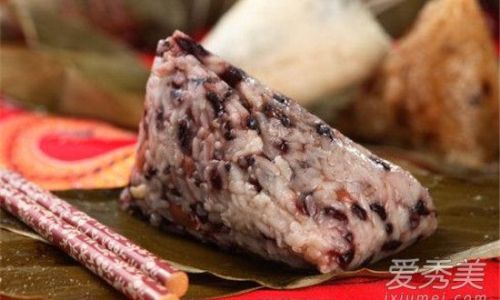
Step 3: Cooking the Zongzi
-
Prepare the Pot: Place a large pot on the stove and fill it with enough water to cover the zongzi completely. Bring the water to a boil.
-
Add the Zongzi: Carefully place the tied zongzi into the boiling water. Make sure they are submerged completely. If necessary, add more water to cover them.
-
Boil the Zongzi: Reduce the heat to a simmer and let the zongzi cook for about 2-3 hours. The cooking time may vary depending on the size of the zongzi and the heat of your stove. To check for doneness, you can remove one zongzi and let it cool slightly. Unwrap it and taste the rice to see if it’s cooked through.
-
Cooling and Serving: Once the zongzi are cooked, remove them from the pot using a slotted spoon. Let them cool on a wire rack or a plate lined with paper towels. Once cooled, you can store them in the refrigerator for up to a week or freeze them for longer storage.
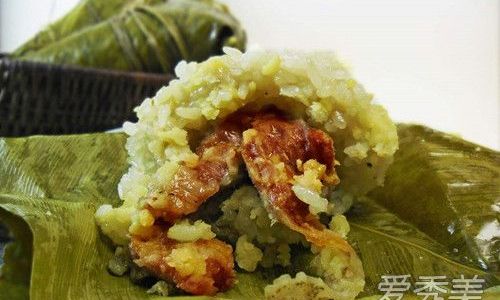
Serving Suggestions
-
Traditional Serving: Serve the zongzi warm or at room temperature.Unwrap them carefully and place them on a plate. You can drizzle a little honey or syrup over the top for added sweetness.
-
Dipping Sauce: Create a dipping sauce by mixing soy sauce, sesame oil, and a touch of sugar. This adds an extra layer of flavor to your zongzi.
-
Accompaniments: Serve the zongzi with pickled vegetables, soybeans, or a side of chili sauce for a more complete meal.
Storage Tips
-
Refrigeration: Store cooked zongzi in an airtight container in the refrigerator for up to a week. Make sure they are completely cooled before storing.
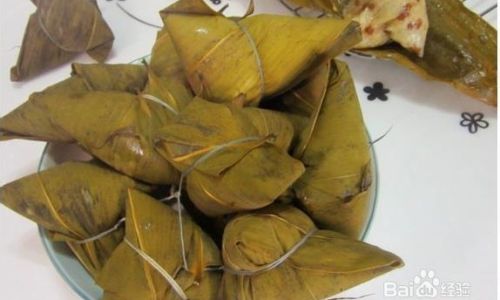
-
Freezing: To freeze zongzi, wrap them individually in plastic wrap or aluminum foil. Place them in a freezer-safe bag or container and store them in the freezer for up to 3 months. To reheat, thaw them overnight in the refrigerator and then steam or microwave until heated through.
Troubleshooting Tips
-
Sticky Rice Sticking to the Leaves: If the sticky rice sticks to the bamboo leaves, make sure the leaves are dry before adding the rice. You can also lightly grease the leaves with a bit of oil to prevent sticking.
-
Zongzi Falling Apart: If your zongzi fall apart during cooking, they may not be tied securely enough. Make sure to tie them tightly with cotton string.
-
Undercooked Rice or Beans: If the rice or beans are still hard after cooking, you may need to increase the cooking time. Check the zongzi halfway through cooking and adjust the time as needed.
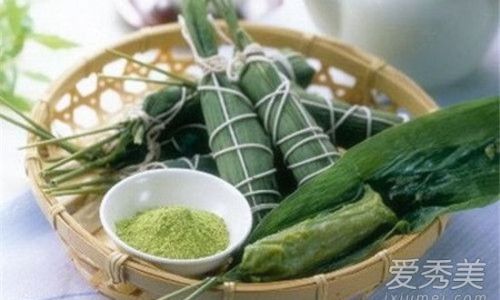
Conclusion
Making mung bean zongzi may seem like a daunting task, but with this step-by-step guide, you’ll find it’s a rewarding and enjoyable process. The sweet and savory flavors of the mung beans, combined with the sticky texture of the rice and the natural aroma of the bamboo leaves, create a dish that’s truly unique and delicious. Whether you’re celebrating the Dragon Boat Festival or just looking for a new culinary adventure, give mung bean zongzi a try. You won’t be disappointed!
By following the tips and recipes outlined in this guide, you’ll be able to create beautiful, flavorful mung bean zongzi that will impress your friends and family. Enjoy the process and the delicious results!


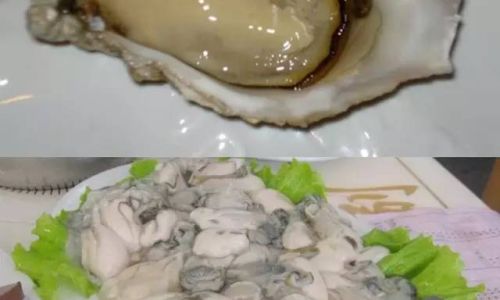
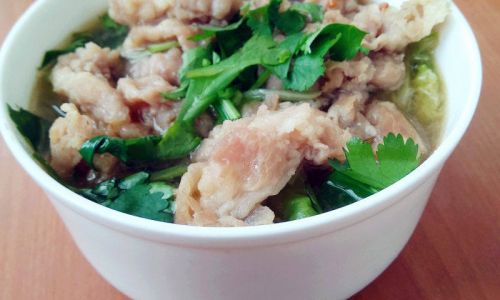
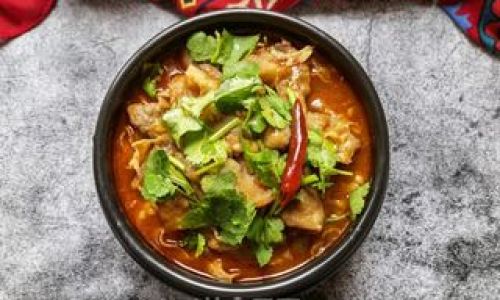
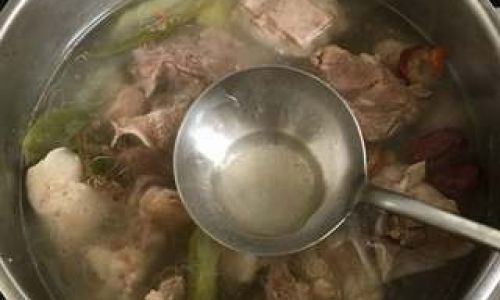
0 comments